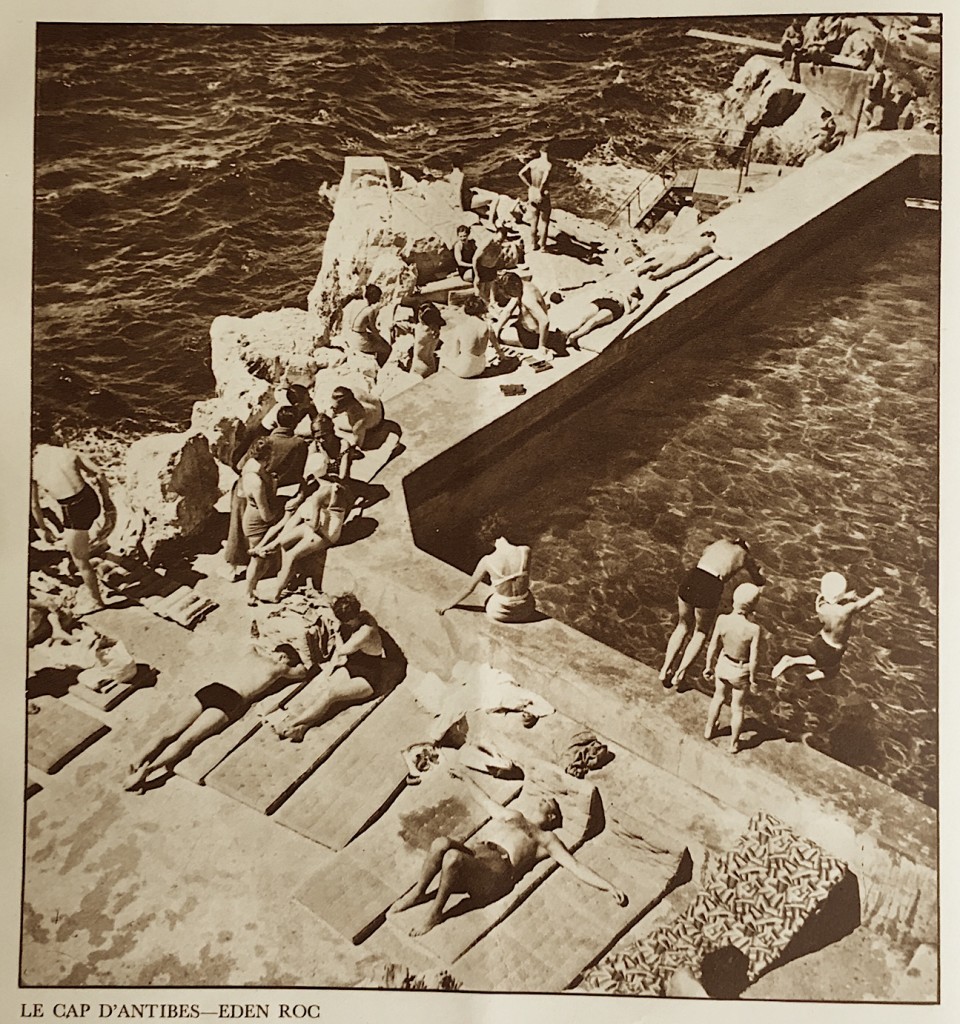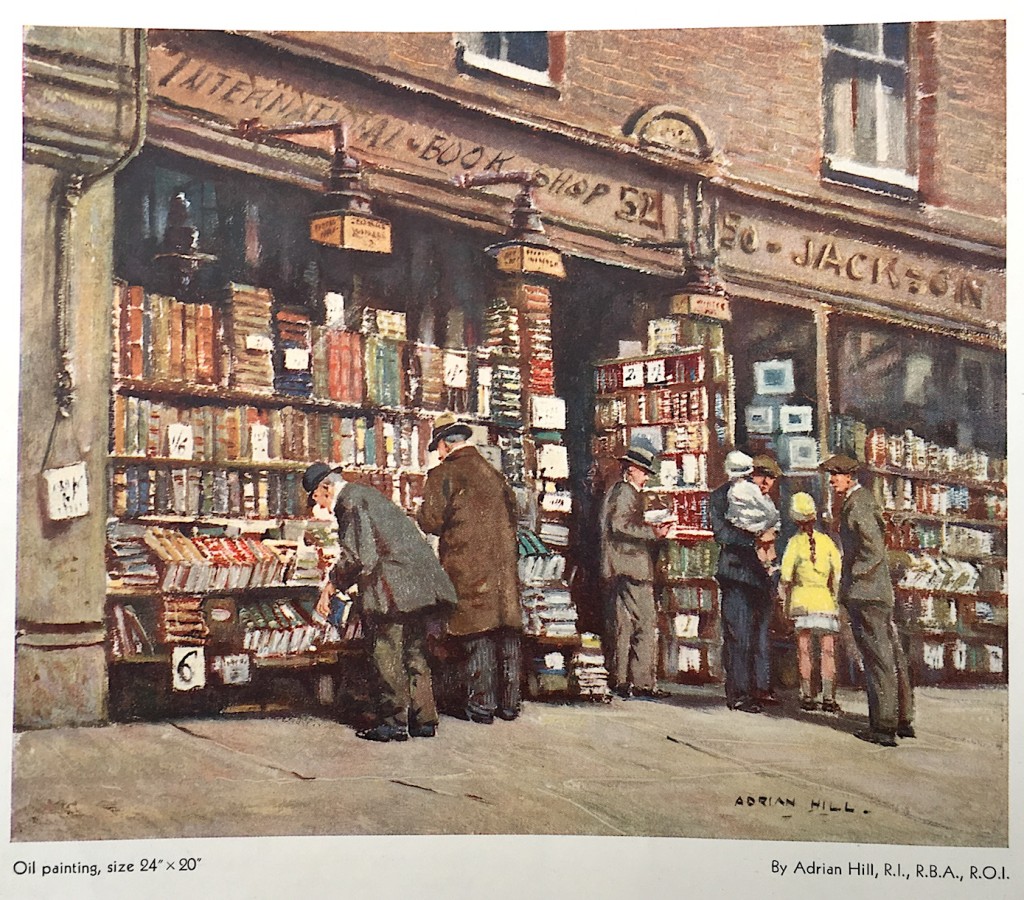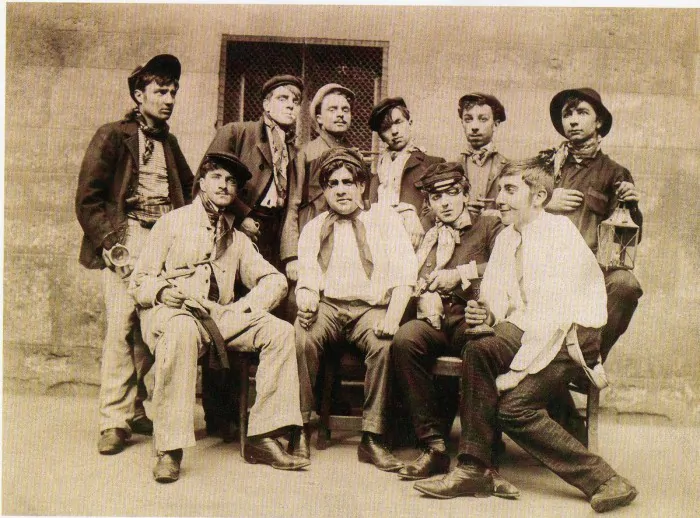
‘In France most people talk French, but in Paris most Parisians talk slang.’
Anar de la Grenouillere, The Continong (1894).
So said the author of this best-selling guide to travelling in France. He offered twelve pages of examples, but here is a small selection, with the occasional intervention from your Jotter.
Va falloir abouler, mon vieux You will have to stump up, old fellow.
Allez vous asseoir. Go along with you.
Il a une araignee dans le plafond. He has got a bee in his bonnet.
Se renvoyer la balle. Log-rolling.
Baptiser. To dilute wine with water.
Cette maison est une vraie baraque. This house is a wretched place, a miserable shanty.
Bassiner. To bore to death.
Monter un bateau, To impose upon one.
Becot. A kiss
Bernique. Not a bit of it.
Beugler. To bellow out. Also to weep.
If a fait son beurre. He has feathered his nest.
Bidard. A lucky chap.
Devisser son billard. To kick the bucket.
Avoir une biture. To be drunk.
Je n’y vois que du bleu. I can’t make head or tail of it.
Blinde. Boozed.
Ferme la boite. Shut up. Boite also means Public School.
Ca me botte. It suits me to a t.
Ce restaurant est un vrai bouchon. This restaurant is a nasty dirty place.
Bouffer. To guzzle.
Bouillon d’onze heures. Drowning or poisoning.
Bouis-bouis. A small theatre, low music hall, or restaurant.
Yeux en boule de loto. Goggle eyes.
Braise. Money.
Continue reading
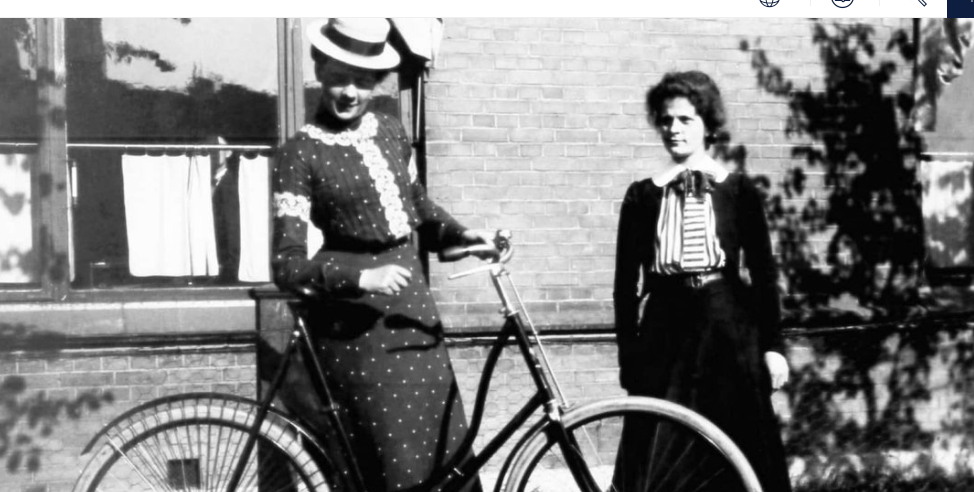
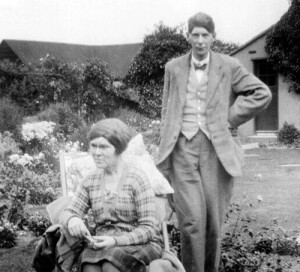 It is in The Last of Spring, one of Rupert Croft-Cooke’s many autobiographical volumes that one finds an account of the author’s experience of renting one of the Cornish bungalows built for writers by the eccentric spiritual medium and author, Mrs A.C. Dawson Scott, in the early 1930s.
It is in The Last of Spring, one of Rupert Croft-Cooke’s many autobiographical volumes that one finds an account of the author’s experience of renting one of the Cornish bungalows built for writers by the eccentric spiritual medium and author, Mrs A.C. Dawson Scott, in the early 1930s.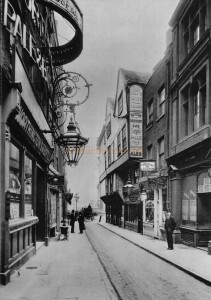 We have seen ( previous Jot) how, in his first book, Bohemia in London, the young Arthur Ransome was happy to confess his bibliophilia. He seemed to love second hand books more than brand new ones, but he hated the practice of selling unwanted books ( whether new or second hand, he doesn’t say) given as gifts ending up on bookseller’s shelves. Certain people feel no guilt about doing this; they assume, wrongly, that they will never be found out, but if the gift is inscribed there is a reasonable chance that the bibliophile who gifted the book will discover it in some bookshop or bookstall eventually.
We have seen ( previous Jot) how, in his first book, Bohemia in London, the young Arthur Ransome was happy to confess his bibliophilia. He seemed to love second hand books more than brand new ones, but he hated the practice of selling unwanted books ( whether new or second hand, he doesn’t say) given as gifts ending up on bookseller’s shelves. Certain people feel no guilt about doing this; they assume, wrongly, that they will never be found out, but if the gift is inscribed there is a reasonable chance that the bibliophile who gifted the book will discover it in some bookshop or bookstall eventually. archive recently, journalist D. B. Wyndham Lewis declared:-
archive recently, journalist D. B. Wyndham Lewis declared:-

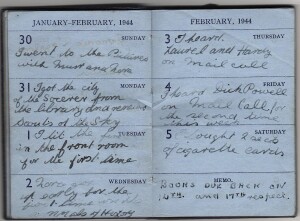
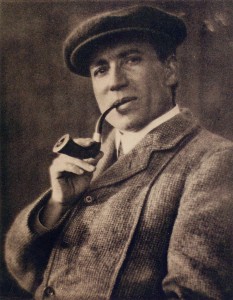

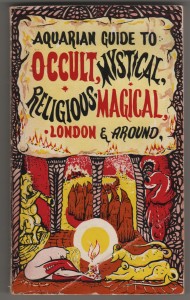
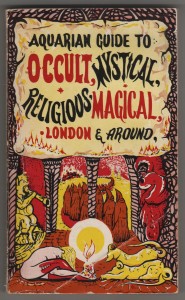
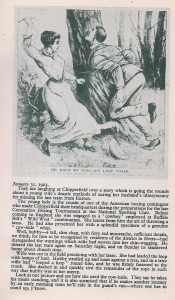

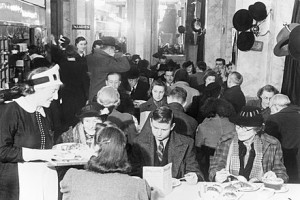 Leonard P Thompson, is a complaint about the ‘catchpenny ‘afternoon teas served up by typical road houses and other mediocre eating places.
Leonard P Thompson, is a complaint about the ‘catchpenny ‘afternoon teas served up by typical road houses and other mediocre eating places.
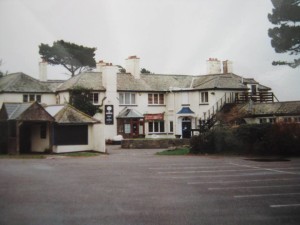
 In his Good Food Guide of 1961-62 Raymond Postgate describes the trendy Parkes’ Restaurant at Beauchamp Place (above) in Kensington as ‘ a personal restaurant, dependent upon Mr Ray Parkes, the chef and owner, who offers in his basement at high prices what is claimed to be , and up to date is, haute cuisine.’
In his Good Food Guide of 1961-62 Raymond Postgate describes the trendy Parkes’ Restaurant at Beauchamp Place (above) in Kensington as ‘ a personal restaurant, dependent upon Mr Ray Parkes, the chef and owner, who offers in his basement at high prices what is claimed to be , and up to date is, haute cuisine.’